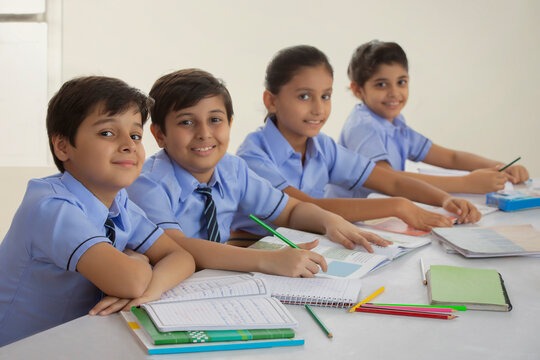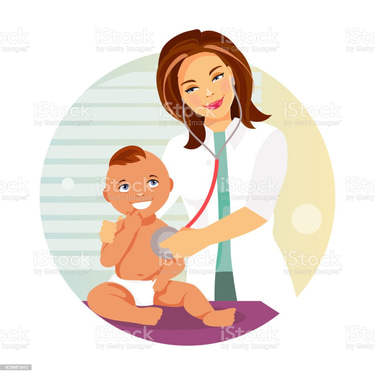Preparing Children for School
Preparing children for school. Nurturing Readiness, Socialization, and Early Education As parents and educators, we play a vital role in ensuring that children are well-prepared for their educational journey. The transition encompasses social, emotional, and practical aspects


As parents and educators, we play a vital role in ensuring that children are well-prepared for their educational journey. The transition to school involves more than just academic skills; it encompasses social, emotional, and practical aspects. Let’s explore how we can foster school readiness and support children as they step into the world of formal education.
1. Understanding School Readiness
What Is School Readiness?
Holistic Preparation: School readiness goes beyond knowing letters and numbers. It involves a child’s overall development, including cognitive, social, emotional, and physical aspects.
Adaptability: A school-ready child can adapt to the school environment, follow routines, and engage with peers and teachers.
2. Key Aspects of School Readiness
a. Cognitive Skills:
Language and Literacy: Exposure to books, storytelling, and vocabulary development.
Math Concepts: Basic counting, shapes, and patterns.
b. Social and Emotional Skills:
Self-Regulation: Managing emotions, patience, and impulse control.
Socialization: Interacting with peers, sharing, and taking turns.
c. Practical Skills:
Independence: Dressing, using the restroom, and handling belongings.
Following Instructions: Listening and following simple directions.
3. Strategies for Preschool Preparation
a. Play-Based Learning:
Learning Through Play: Engage in activities that promote creativity, problem-solving, and social skills.
Structured Play: Introduce games that involve rules and cooperation.
b. Routines and Predictability:
Consistent Schedule: Establish predictable routines for meals, sleep, and play.
Visual Timetables: Use visual cues (pictures or symbols) to represent daily activities.
c. Socialization Opportunities:
Playgroups and Playdates: Arrange playdates with other children.
Community Events: Attend local events, libraries, and parks.
4. Kindergarten Readiness
a. School Visits:
Familiarization: Visit the school campus to reduce anxiety.
Meet Teachers: Introduce your child to teachers and staff.
b. Communication Skills:
Expressing Needs: Encourage your child to communicate their feelings and needs.
Listening Skills: Practice active listening.
c. Independence and Self-Help Skills:
Dressing and Undressing: Teach your child to manage clothing independently.
Lunchtime Skills: Practice opening lunch containers and using utensils.
Conclusion: A Positive Start
Remember that every child develops at their own pace. Celebrate their uniqueness and provide a nurturing environment that balances learning and play. By fostering school readiness, we empower children to embrace education with confidence and curiosity. 🌟👧🎒
Disclaimer: Always consult your child’s preschool or kindergarten teacher for personalized advice.
